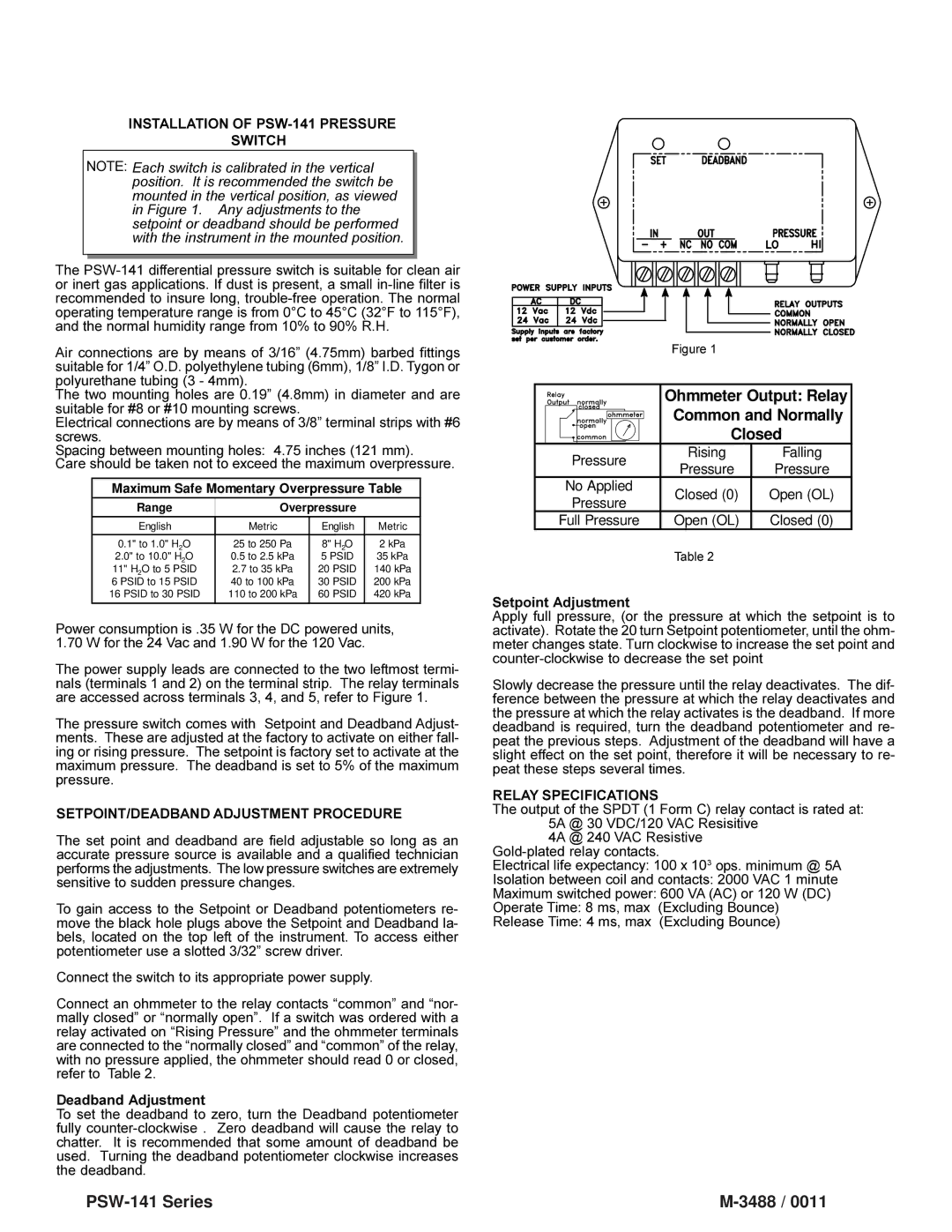PSW141 series specifications
The Omega Vehicle Security PSW141 series is a cutting-edge vehicle security system designed to provide maximum protection against theft and unauthorized access. This state-of-the-art system incorporates advanced technology and features that ensure the safety and security of your vehicle and its contents.One of the standout features of the PSW141 series is its robust immobilizer technology. The immobilizer works by preventing the engine from starting without the proper key or access code, rendering the vehicle inoperable to potential thieves. This feature is crucial in deterring vehicle theft and is a staple in modern security systems.
In addition to the immobilizer, the PSW141 series boasts a sophisticated alarm system that includes multiple sensors to detect any unauthorized entry or movement. The system can be equipped with shock sensors, door sensors, and even proximity sensors, all of which work together to provide comprehensive coverage. When an intrusion is detected, the alarm produces a loud siren, alerting the owner and deterring potential intruders.
Remote control functionality is another key characteristic of the PSW141 series. Vehicle owners can lock and unlock their vehicle remotely, as well as activate or deactivate the alarm system from a distance. The convenience of remote access enhances the user experience and allows for quick response in case of an attempted breach.
The PSW141 series also features vehicle tracking capabilities. In the unfortunate event that a vehicle is stolen, the tracking technology allows owners to locate their vehicle in real time. This feature significantly increases the chances of recovering a stolen vehicle and adds an extra layer of security for vehicle owners.
Installation of the Omega Vehicle Security PSW141 series can be performed by certified technicians, ensuring that the system is set up correctly and functions optimally. The system is compatible with a wide range of vehicles, making it a versatile choice for many users.
Overall, the Omega Vehicle Security PSW141 series combines advanced technology, user-friendly features, and robust security measures to protect vehicles against theft and unauthorized access. With its comprehensive approach to vehicle security, the PSW141 series stands out as a reliable choice for those looking to safeguard their vehicles effectively. Investing in the PSW141 series is an investment in peace of mind, knowing that your vehicle is well protected.

